The largest solar park in the Caribbean has been built in the Dominican Republic. For this project, KfW subsidiary DEG not only provided a German photovoltaic manufacturer with the necessary capital, it also ensured the survival of rare plants growing on the site.
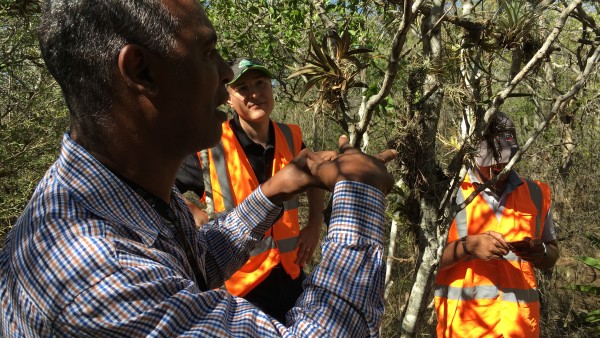
Staff from the Botanical Garden attach an orchid to a tree, where it will continue to grow.
Tolumnia henekenii (pictured above) owes its survival to an intercontinental financing operation. With its compact shape, the purple-coloured orchid is reminiscent of a bumblebee. One would be lucky to find it growing in the wild, as Tolumnia henekenii is native only to the Caribbean island of Hispaniola – i.e. the territories of the Dominican Republic and Haiti – and threatened with extinction. Humans and alien species have colonised the island and the orchid has been almost eradicated. Now there are fewer than 200 specimens left. However, the plant’s chances have improved thanks to a major project with international partners.
The fragile organism with its roundish flowers is benefiting from an ambitious energy project undertaken by the company F&S solar based in Euskirchen, Germany. The Eifel-based project company created a solar park in the Dominican Republic with 215,000 modules and a capacity of 58 megawatts – enough to power 55,000 Dominican households. It is the largest solar plant in the Caribbean and means that the island nation now has an alternative source of electricity – one generated from solar energy rather than crude oil. The project also had positive effects for Hispaniola’s population, because KfW subsidiary DEG – as project and financing partner – ensures that F&S solar permanently complies with international environmental and social standards. As a result, the construction project has also benefited biodiversity, orchids, agaves and even birds.
Strict environmental standards
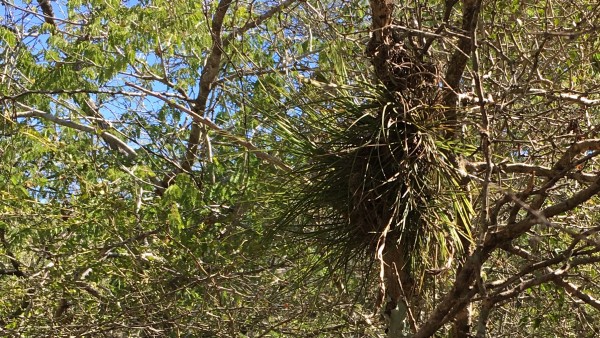
The endangered orchid species Tolumnia henekenii is an epiphyte: it grows on branches and twigs of other plants.
Environmental and social sustainability was not yet a priority five years ago, when F&S solar, in contact with local partners, came up with the idea of building a solar park near the equator. The nearly two million square metre facility was to be built in the tropical savannah-like region of Montecristi in the north-west of the country. There is plenty of sunshine and lots of low-growing, bush-like vegetation. Georg Schmiedel, one of F&S solar’s two managing directors, recalls the first meetings held locally: “When we talked about environmental standards, our Dominican contacts laughed. ‘Just burn it all away!’ they said.”
The experienced project planners from F&S solar saw things differently. After all, environmental protection is a standard part of every construction project in Germany, and there are national rules in the Dominican Republic, too. However, one factor was even more decisive: F&S solar had won DEG as a financing partner, and the Dutch and Belgian equivalents FMO and BIO were also on board. The three companies provided loan capital for the solar park, but under clear conditions. As DEG’s Vice President Sustainability Meike Goetze says: “If DEG is involved, our customers must also comply with strict international standards on social and environmental sustainability.”
DEG’s clear rules are good news for biodiversity conservation. An important standard which customers must adhere to is IFC-PS6. Behind this rather clumsy abbreviation lies the World Bank’s requirement to conserve biodiversity and natural resources. In the case of the Montecristi solar park, F&S solar had already surveyed the flora and fauna with a partner in the Dominican Republic. “However, we then launched a further study with an independent partner to take account of other important factors,” says Meike Goetze.
Fruitful cooperation with botanists
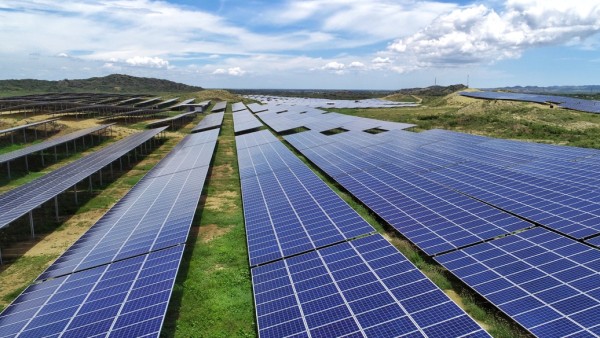
The power plant in the Dominican Republic supplies enough solar power for 55,000 households.
Goetze knows that planners sometimes find it difficult to view these standards positively, as they mean uncertainties, sometimes delays and additional costs. Nevertheless, F&S solar cooperated willingly from the start, despite enormous economic pressures on the project. For example, electricity feed-in contracts are concluded for solar plants, whereby electricity is purchased at fixed prices for fixed periods of time. It was agreed that electricity from the Montecristi collectors would flow into the grid in summer 2018. Yet as late as spring 2017, DEG called for a more detailed environmental impact assessment. It was necessary to get a complete picture of the impact on the natural environment during a dry period and a rainy period. This meant a delay of about four months, yet the power came on stream in good time.
The results of this intense work surprised some of those involved in the project, and a management plan was drawn up for biodiversity on the site. “Even the experts from the National Botanical Garden with whom we work had not expected so much biodiversity in need of protection,” recalls Yannik Miesseler, who monitors the process at F&S solar. There has been lively cooperation with botanists from Santo Domingo since the impact assessment was conducted at the Montecristi site. The F&S solar team is in permanent contact with biologists and gives them access to the secure solar site to allow them to carry out their valuable work supporting biodiversity.
The high standards demanded by the development partners have paid off for nature. “The company pulled out all the stops to meet international standards,” Meike Goetze sums up. The most important steps taken for the benefit of nature included allocating forty hectares of the site to ‘set-aside’, in other words, a compensation area to maintain or even enhance the ecological value of the land. The bush vegetation on the site of the solar park was also preserved. Yannik Miesseler keeps a list of 18 species that benefited from the measures. Fifteen specially hired employees moved ten plant species within the site, and experts from the Botanical Garden introduced eight different orchid species – including Tolumnia henekenii – to the site. It later turned out that birds use the solar system to shelter under.
“When I look at this project and see its success, it touches me personally,” says DEG’s environmental and social expert Meike Goetze. The world is getting more and more crowded, and large construction projects often leave an enormous environmental footprint. Goetze claims that a project like Montecristi provides a good illustration of what can be done, while helping the people of the Dominican Republic along the way: F&S solar’s plans don’t stop at the fences of the solar park. The company aims to support local civil society, for example with grants for the fire brigade or the very important church communities. In partnership with the National Botanical Garden, F&S solar is also expanding educational opportunities for the benefit of environmental protection and biodiversity. “The positive impact of these measures is enormous,” says F&S Director Georg Schmiedel, “yet they come at very reasonable additional cost.”
Published on KfW Stories: 26 May 2020, updated on 14 November 2024.
The described project contributes to the following United Nationsʼ Sustainable Development Goals
Goal 7: Ensure access to affordable, reliable, sustainable and modern energy
Close to 80 per cent of the energy produced worldwide still comes from fossil fuel sources. Burning fossil fuels also generates costs for the health system due to air pollution and costs for climate-related damages that harm the general public, not just those burning the fuel.

All United Nations member states adopted the 2030 Agenda in 2015. At its heart is a list of 17 goals for sustainable development, known as the Sustainable Development Goals (SDGs). Our world should become a place where people are able to live in peace with each other in ways that are ecologically compatible, socially just, and economically effective.

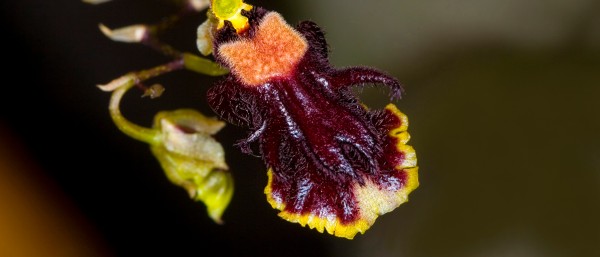
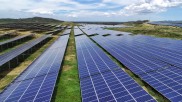
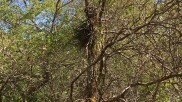
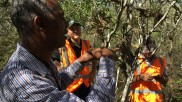
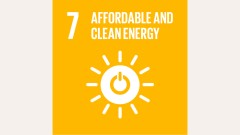
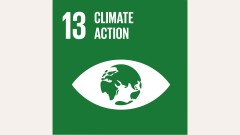
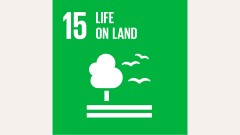
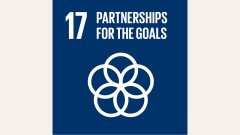
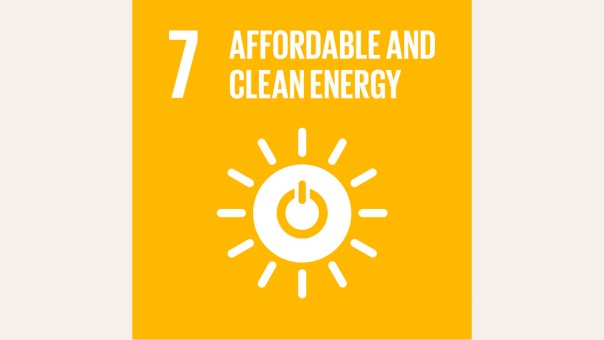
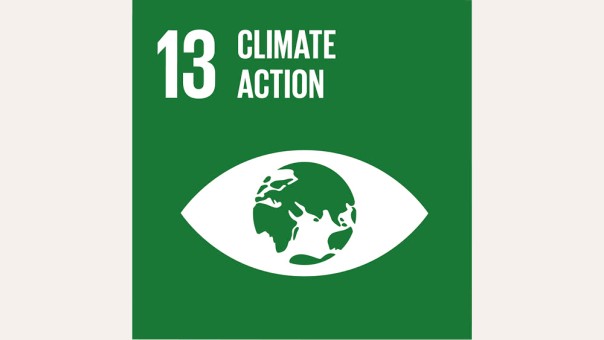
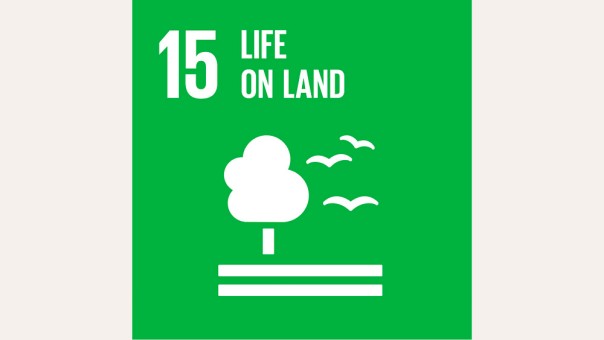
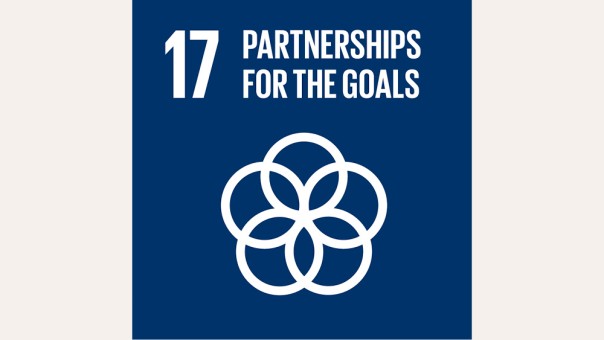
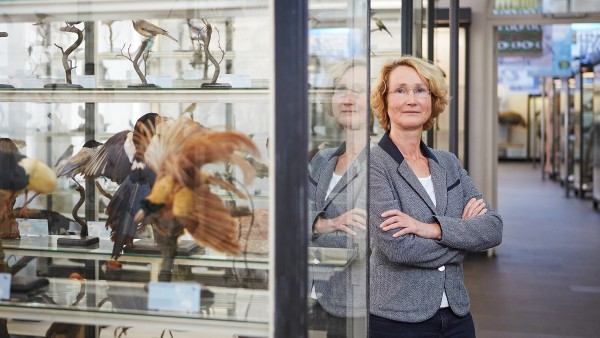
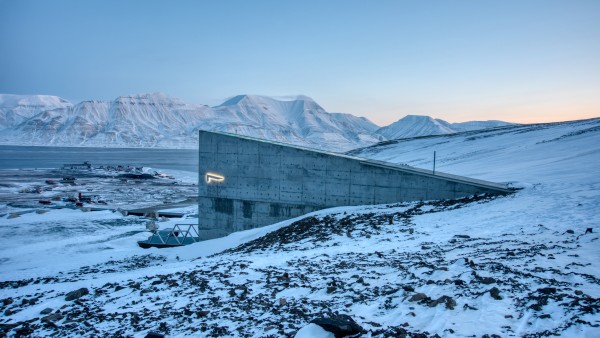
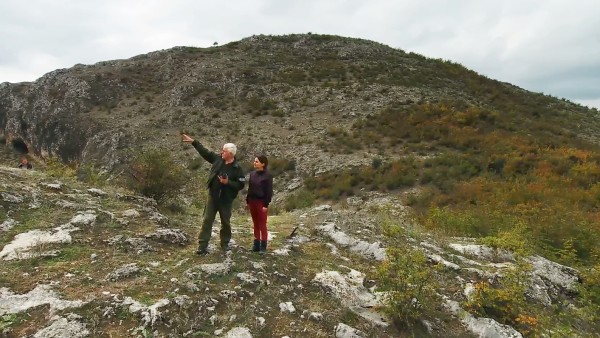
Data protection principles
If you click on one of the following icons, your data will be sent to the corresponding social network.
Privacy information